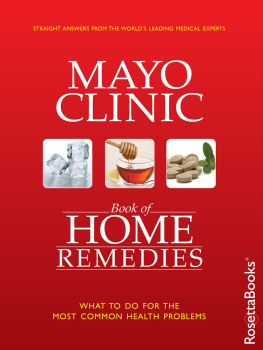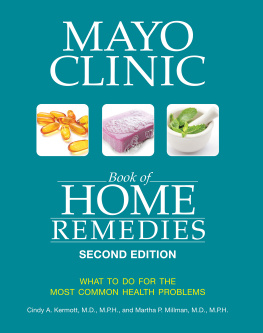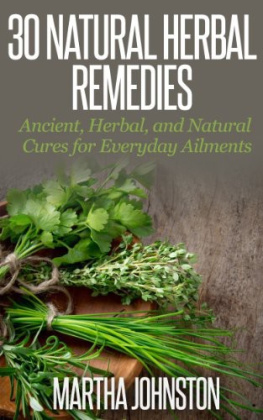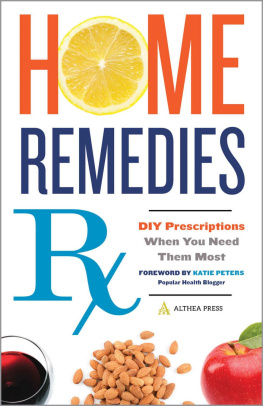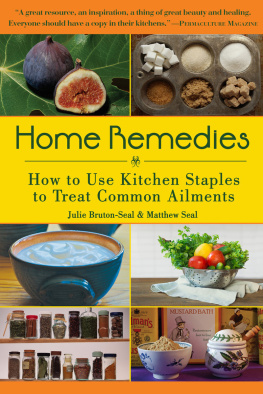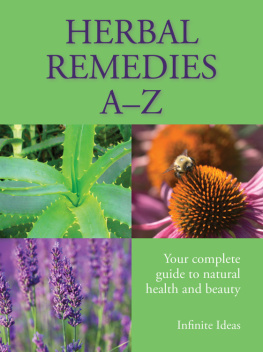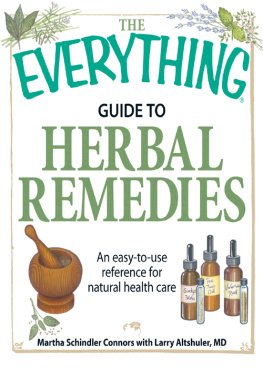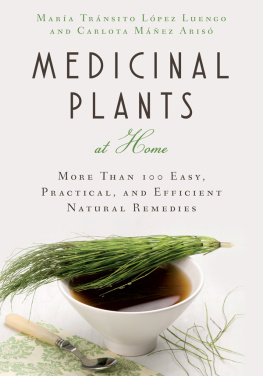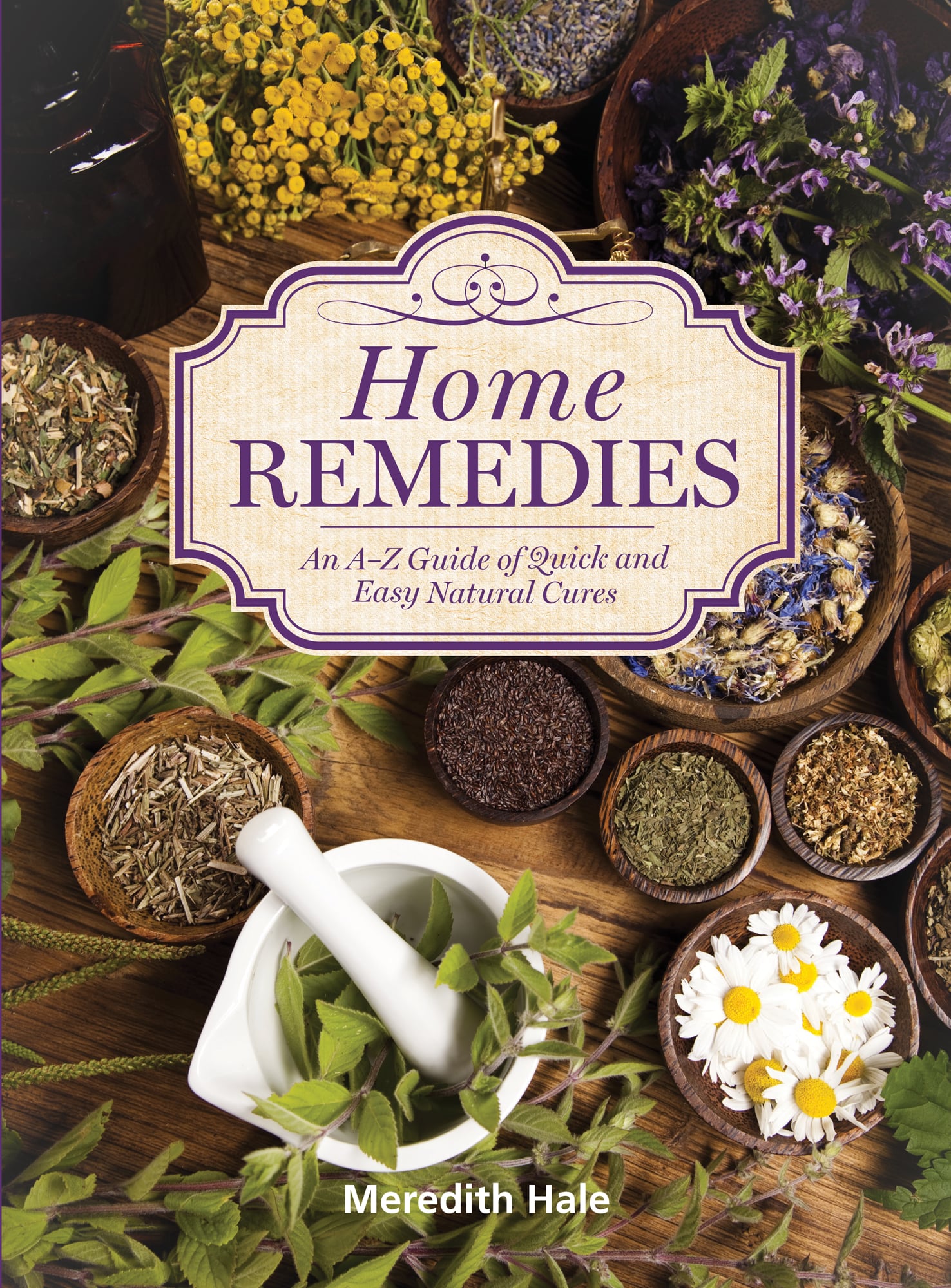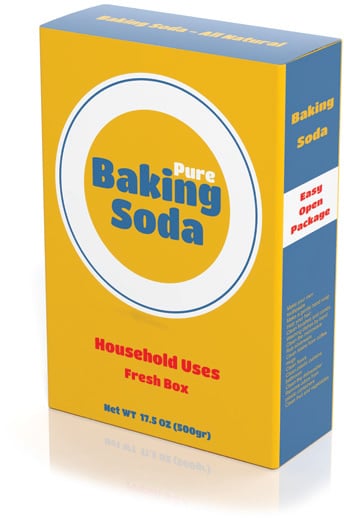
2015 Quarto Publishing Group USA Inc.
First published in the United States of America in 2015 by
Wellfleet Press, a member of
Quarto Publishing Group USA Inc.
142 West 36th Street, 4th Floor
New York, New York 10018
quartoknows.com
Visit our blogs at quartoknows.com
All rights reserved. No part of this book may be reproduced in any form without written permission of the copyright owners. All images in this book have been reproduced with the knowledge and prior consent of the artists concerned, and no responsibility is accepted by producer, publisher, or printer for any infringement of copyright or otherwise, arising from the contents of this publication. Every effort has been made to ensure that credits accurately comply with information supplied. We apologize for any inaccuracies that may have occurred and will resolve inaccurate or missing information in a subsequent reprinting of the book.
Digital edition: 978-1-62788-932-2
Softcover edition: 978-1-57715-113-5
Design and Page Layout: Ashley Prine, Tandem Books
Editor: Katherine Furman, Tandem Books
Cover Image: Sebastian Duda/Shutterstock
The publisher cannot guarantee the accuracy, adequacy, or completeness of the information contained in this book and must disclaim all warranties, expressed or implied, regarding the information. The publisher also cannot assume any responsibility for use of this book, and any use by a reader is at the readers own risk. This book is not intended to be a substitute for professional medical advice, and any user of this book should always check with a licensed physician before adopting any particular course of treatment or beginning any new health program.
Meredith Hale

CONTENTS
Guide
INTRODUCTION
When it comes to treating illnesses, humans have a long history of using the vast resources around them. The Chinese have been enjoying the medicinal benefits of tea for almost five thousand years, ever since a camellia leaf randomly blew into Emperor Shen Nungs cup of hot water. Ancient Greeks and Romans used lemon balm to treat wounds. And Hippocrates himself recommended willow bark for pains and feverlong before its active ingredient, salicin, inspired the creation of aspirin.
In this book is a collection of hundreds of remedies for common health issues, ranging from boils to headaches to shin splints and more. Some are plant-based or herbal remedies used since ancient times to relieve pain and promote healing. Others are kitchen cures, straight out of your refrigerator or pantry. And still others are in the form of supplements readily available at your local health-food store. While some are folk cures your grandmother may have used, others may be less expected. For example, inside these pages youll learn how to use:
A tennis ball to eliminate snoring.
Raw potatoes to relieve eyestrain.
Socks soaked in egg whites to lower a fever.
Coconut oil to shrink and relieve hemorrhoids.
Peppermint to ease irritable bowel syndrome.
If youre new to natural remedies, know that youre joining a large and global community. According to the World Health Organization, nonconventional medicinewhich it refers to as traditional and complementary medicineis found in almost every country in the world, with demand for its services increasing. In the United States, according to the 2012 National Health Interview Survey, more than 33 percent of adults have used complementary health approaches, with fish oil being the top natural health product for adults. Around the world, there is strong interest in newor, in some cases, ancientapproaches to treating common problems.
HOME REMEDY SUPERSTARS
As you read these pages, youll discover that certain remedies come up again and again. Thats because certain plants and kitchen cures are used to treat a wide variety of ailments, because they have natural anti-inflammatory and/or antimicrobial properties. (Antimicrobial refers to medicines that fight microorganisms, such as bacteria, fungi, and viruses.) Here are just a few of the repeat remedies in this book:
Aloe Vera
Aloe veras history dates back six thousand years to ancient Egypt, where it was presented as a burial gift to deceased pharaohs. Historically used to heal wounds and treat skin conditions, today aloe vera gel is found in hundreds of skincare products, including sunblocks and after-sun lotions.
Apple Cider Vinegar
Is there anything apple cider vinegar cant treat? Also known as ACV, this popular ingredient in salad dressings and marinades is used for ailments as diverse as acne, dandruff, food poisoning, heartburn, jock itch, kidney stones, psoriasis, and more. Cheap and easily accessible, ACV has antibacterial, antifungal, and antiviral properties that make it a staple in any home-remedy arsenal.
Baking Soda
Sodium bicarbonatealso known as baking sodadoes more than just freshen up your refrigerator. Used by ancient Egyptians in its natural form as a cleansing agent, baking soda has a number of contemporary medicinal uses, including treating body odor, poison ivy, calluses, heartburn, and the itching of chickenpox.
Garlic
Garlic has been used medicinally for thousands of years, and today it is used to treat ailments including high blood pressure, high cholesterol, and heart disease. Its also thought to have natural antibiotic and antifungal properties.
Tea Tree Oil
Used medicinally for centuries by the aboriginal people of Australia, tea tree oil is a common remedy for acne, athletes foot, nail fungus, wounds, lice, and lots of other ailments.
These and many other home remedies appear repeatedly throughout the book, making it easy to stock up on a few essential items that can treat various ailments you or your family may encounter.








